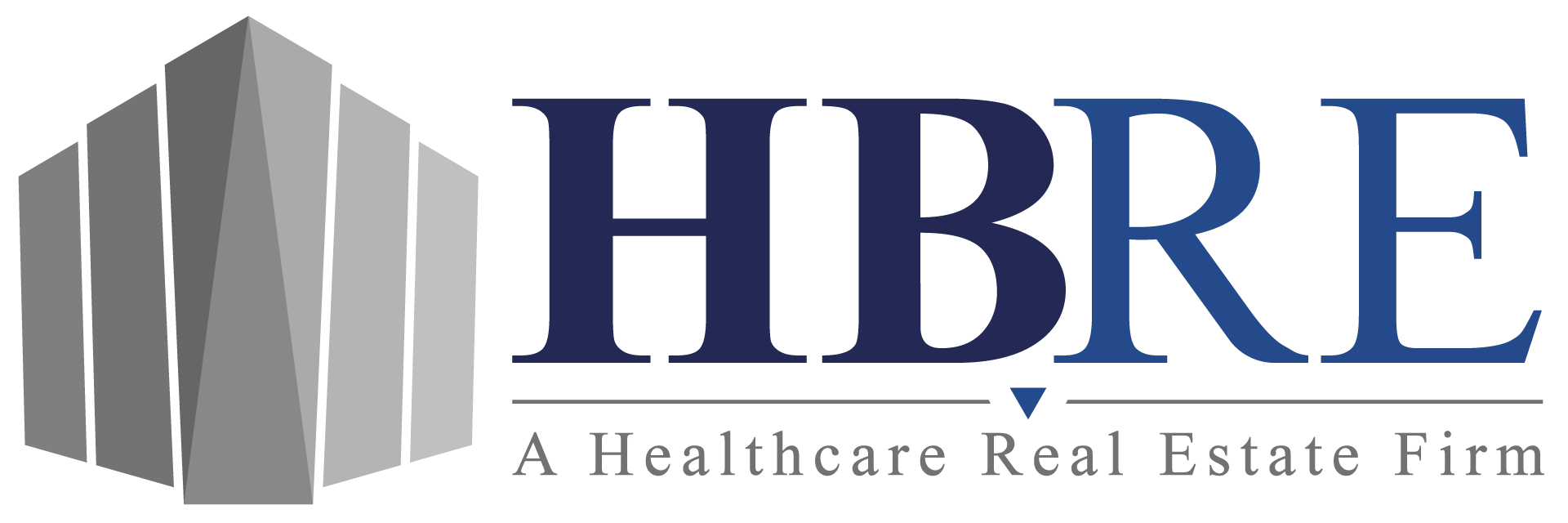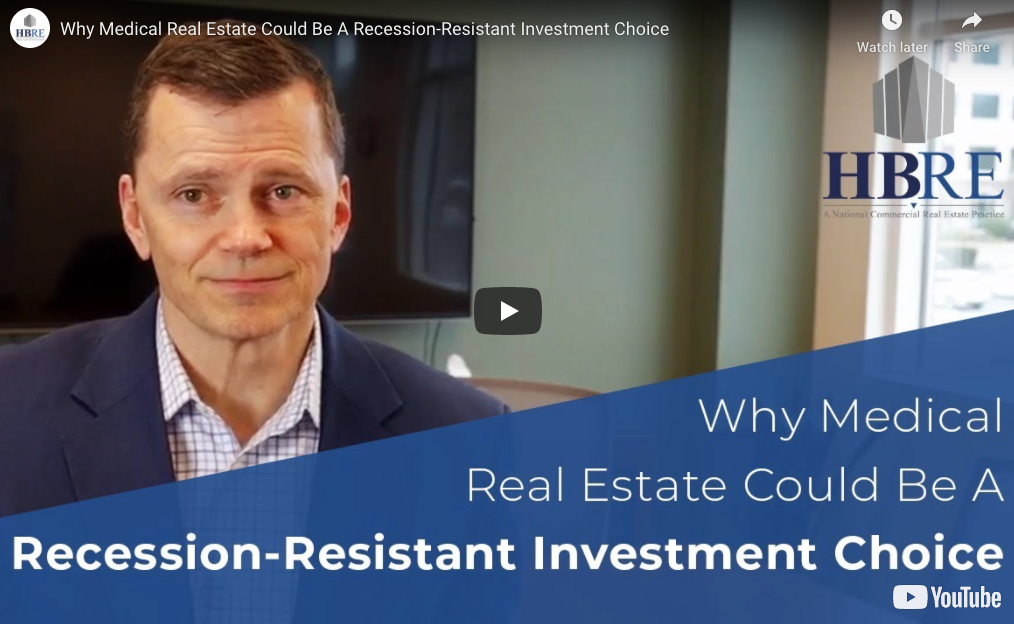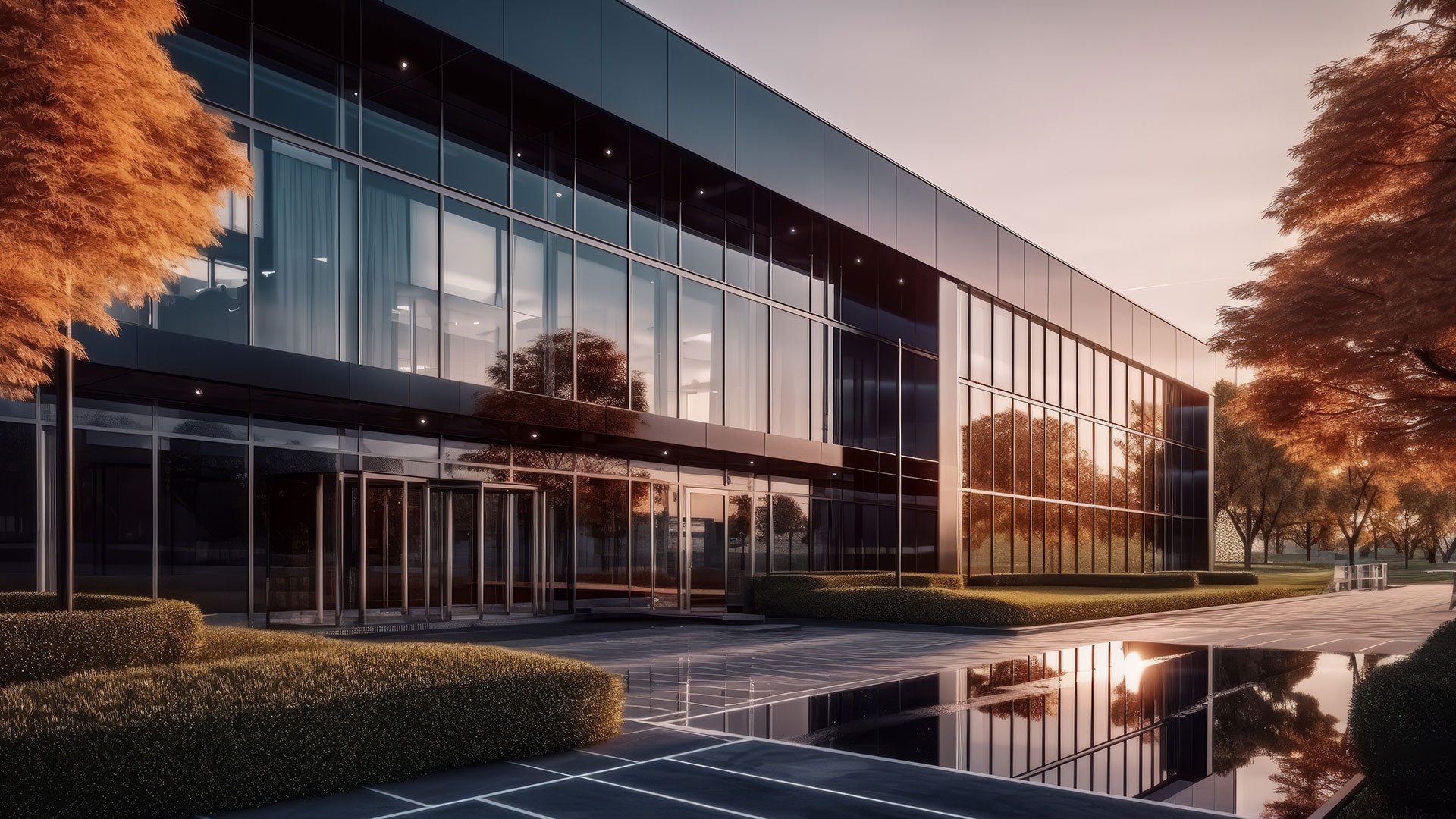Sustainability of Medical Real Estate
The medical real estate sector has been strengthening over the last several years. Its practicality and necessary services give it a sustainable advantage over other sectors. Retail or even general office spaces serve industries that are more susceptible to economic crisis. In the event of a recession, sales of non-essential goods like apparel and accessories take a substantial dive. Meanwhile, medical facilities offer services essential to life, providing job security for medical professionals even in the midst of a financial crisis.
Increased Patient Base
Since 2012, the baby boomer generation has been reaching retirement age, increasing their number of necessary doctor visits. Seniors spend five times more on medical services than those in a younger generation. Because of the influx of patient needs, there is now a need for more medical offices, outpatient clinics, and surgery centers. The youngest of this generation will turn 65 by the year 2029, which means the increased patient base will continue for years to come. Some projections even suggest that, with the population and life expectancy increases, the 85-and-up age group will triple by the year 2060. And the need for more medical centers will grow accordingly.
Investor Confidence
Investors are seeing this increased need for medical facilities, which is amping up confidence levels for investing in this sector. Over the last two decades or so, the amount of medical offices has increased by about 40%. The transaction dollars for medical real estate in 2018 alone were an impressive 10.4 billion.
A few financial factors are driving the sustainability of healthcare real estate as well. The construction costs associated with medical real estate are usually quite high, and these facilities often incur high operating costs. Because of the amount of capital invested into building and running the facility, the lease terms are typically longer than a standard lease. With these factors in mind, it comes as no surprise that medical real estate holds the highest tenant retention rate among all CRE types. The dependable, steady income from rent allows the landlord to regain some of his capital without fearing frequent tenant turnover.
REITs for Medical Real Estate
Real Estate Investment Trusts (REITs) are a safer way to participate in real estate investing without having to own the building outright. REITs give the investor the ability to spread their investments over more than one property, shielding them from the blow of cyclical financial downturns. With the uptick of medical real estate profits, medical office building (MOB) REITs are the safer bet.
Since 2009, occupancy of MOBs has not dropped below 91%. Rent for MOB space has been up 1.5% since 2010, and pricing is now an estimated $327 per square foot. Additionally, REITs with strong MOB portfolios have either held their place or improved since 2013, when the government implemented the Affordable Care Act. This is a clear picture of why a MOB REIT is a stable, profitable, and low-risk investment choice
When it comes to investing in a profitable CRE sector, a recession doesn’t always have to be a risk factor. An investor can have the confidence that their capital will yield a profit in spite of the natural CRE market phases. There is strong evidence to support medical real estate can be that recession-proof investment option.




